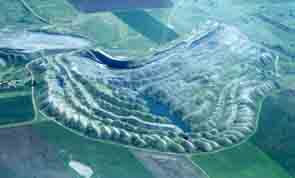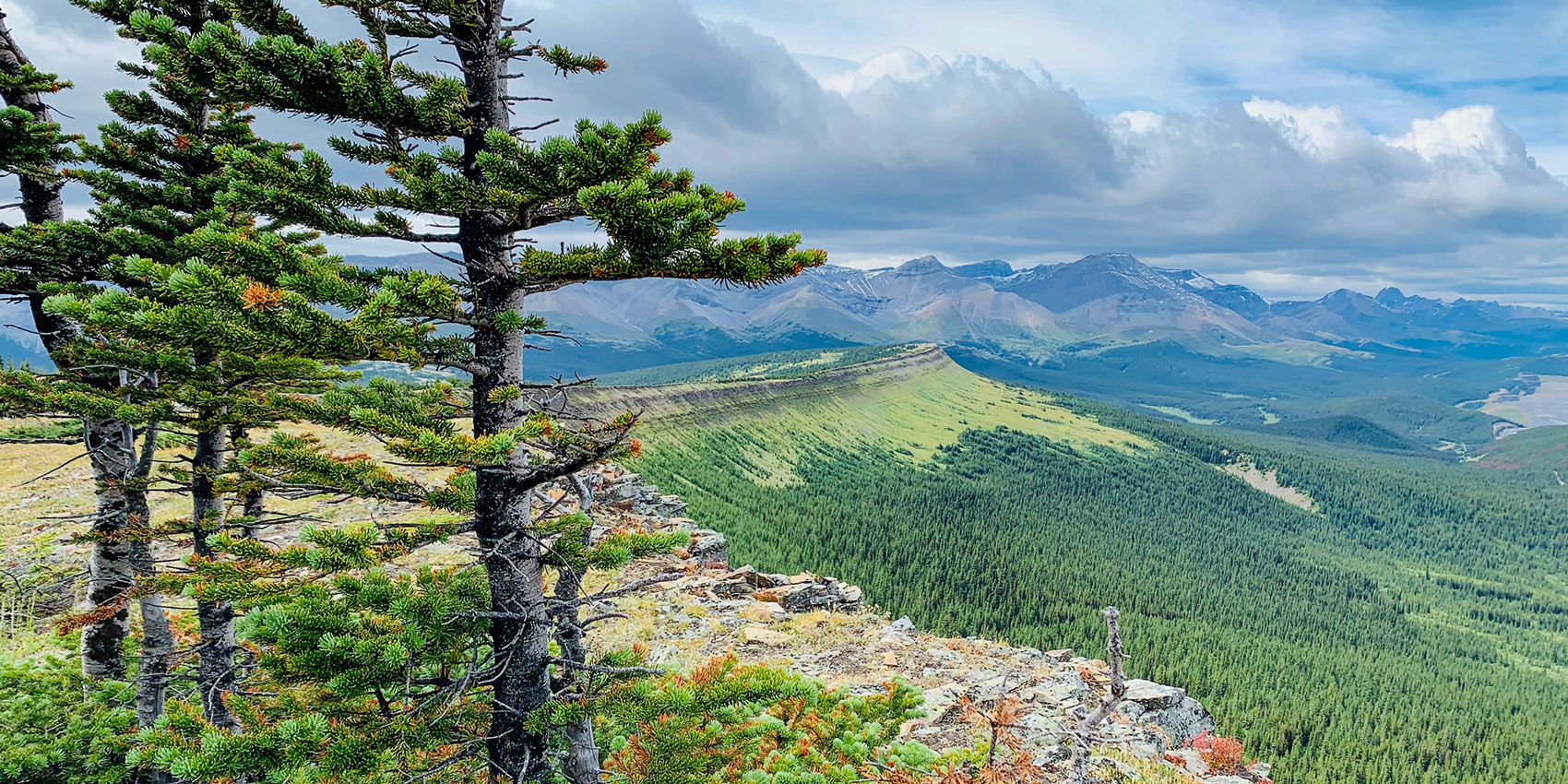
Abstract
Industrial developments and reclamation change habitat, possibly altering large carnivore food base. We monitored the diet of a low-density population of grizzly bears occupying a landscape with open-pit coal mines in Canada. During 2009–2010 we instrumented 10 bears with GPS radiocollars and compared their feeding on reclaimed coal mines and neighboring Rocky Mountains and their foothills. In addition, we compared our data with historical bear diet for the same population collected in 2001–2003, before extensive mine reclamation occurred. Diet on mines (n=331 scats) was dominated by non-native forbs and graminoids, while diets in the Foothills and Mountains consisted primarily of ungulates and Hedysarum spp. roots respectively, showing diet shifting with availability. Field visitation of feeding sites (n=234 GPS relocation clusters) also showed that ungulates were the main diet component in the Foothills, whereas on reclaimed mines bears were least carnivorous. These differences illustrate a shift to feeding on non-native forbs while comparisons with historical diet reveal emergence of elk as an important bear food. Food resources on reclaimed mines attract bears from wilderness areas and bears may be more adaptable to landscape change than previously thought. The grizzly bear’s ready use of mines cautions the universal view of this species as umbrella indicative of biodiversity.
Get access to the full article here.
Citation
Cristescu, B., Stenhouse, G. B., & Boyce, M. S. (2015). Grizzly bear diet shifting on reclaimed mines. Global Ecology and Conservation, 4, 207–220. doi:10.1016/j.gecco.2015.06.007







